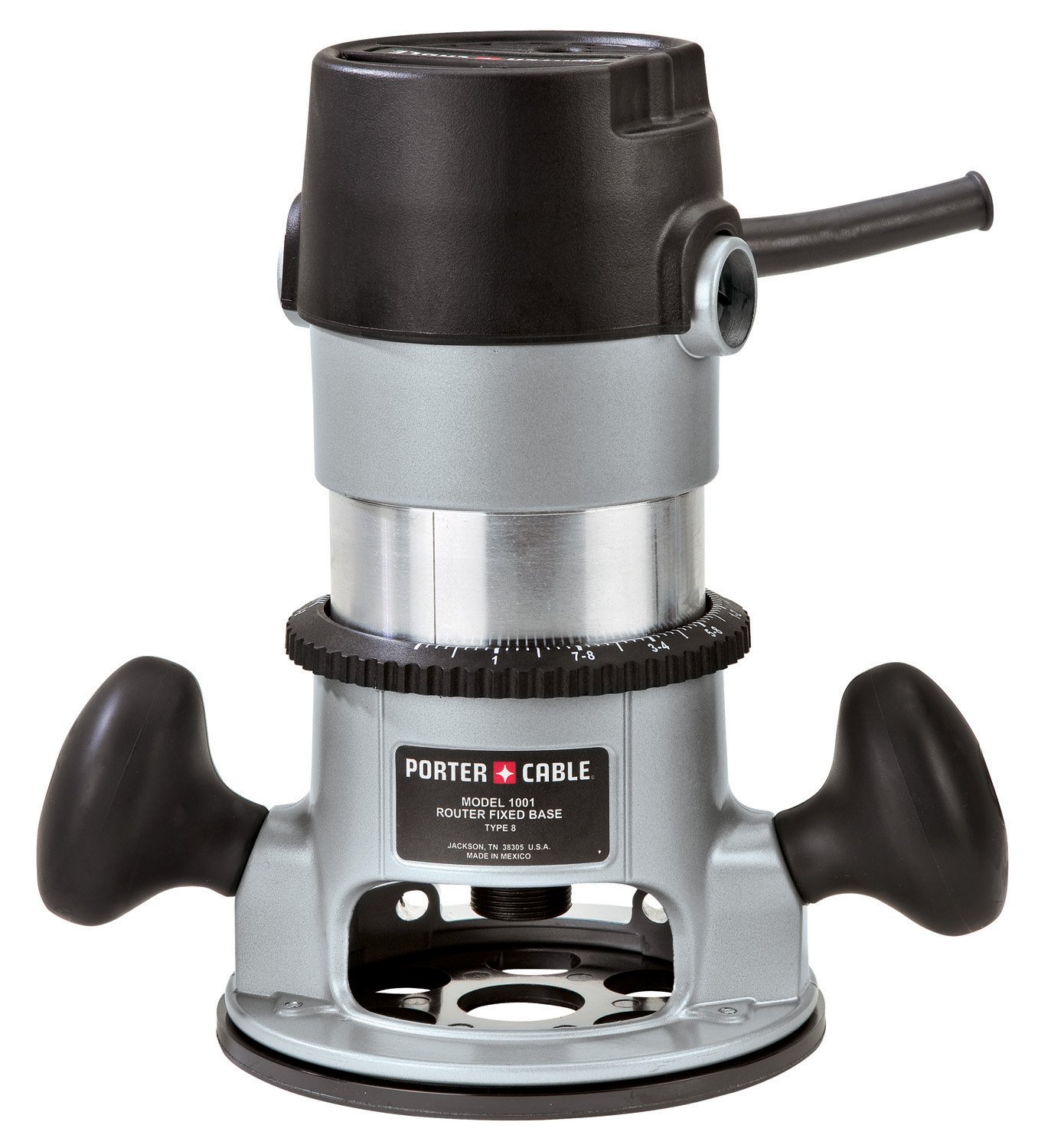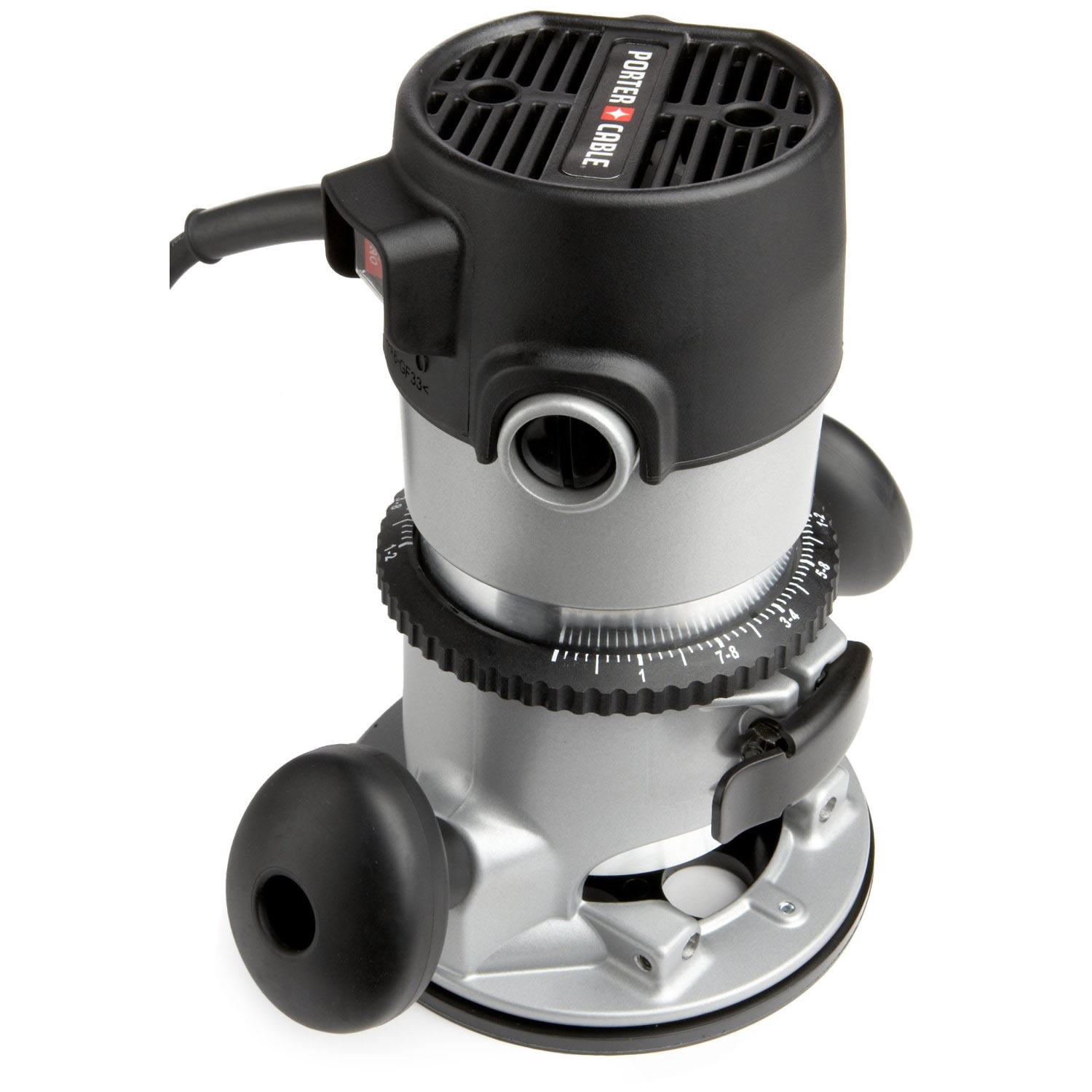Fun one. I need to do a repair in a Wilsonart bamboo look laminate. Only material left over is two stair treads. It's a large room that has an open layout and lots of light coming in.
The customer removed a stair case near one end of the room and removing it left two voids in the floor about 6 feet out from an end wall. It's gonna be hard to make this invisible.
I'm thinking of making a jig around the rectangular voids in the floor, then run a router on all 4 sides to true up the edges, then make the inset repair pieces out of the two stair treads.
The larger repair is 26 inches or so wide, so it will take 3 pieces to make up that repair.
I can spline the first repair section on all 4 sides of the repair, then glue it up then slide the repair section horizontally into place.
The next two sections set next to the first one will need to be rabbit type insets.
A jig made around the perimeter to true up the laminate edges will have to be dead on square and parallel if I have a chance to make these repair pieces fit.
The router will leave rounded corners to deal with. I think I can hand shape those.
Any suggestions other than run Forest run?

The customer removed a stair case near one end of the room and removing it left two voids in the floor about 6 feet out from an end wall. It's gonna be hard to make this invisible.
I'm thinking of making a jig around the rectangular voids in the floor, then run a router on all 4 sides to true up the edges, then make the inset repair pieces out of the two stair treads.
The larger repair is 26 inches or so wide, so it will take 3 pieces to make up that repair.
I can spline the first repair section on all 4 sides of the repair, then glue it up then slide the repair section horizontally into place.
The next two sections set next to the first one will need to be rabbit type insets.
A jig made around the perimeter to true up the laminate edges will have to be dead on square and parallel if I have a chance to make these repair pieces fit.
The router will leave rounded corners to deal with. I think I can hand shape those.
Any suggestions other than run Forest run?

Last edited:








